
5 minute read
Proposed designs:
A configuration of cubes placed side by side to form an island in the center is one of the most simple yet effective compositions that can be created with low-cost materials and minimal planning. This design is available in two variations: one with uniform cube height and another with cubes of varying heights and lengths, which adds a dynamic element to encourage more movement and exploration.
The open-ended nature of this layout allows children to freely interpret and transform the cubes into their own imaginative creations. The possibilities are endless, whether they see it as a house, a fortress, or something entirely different. Furthermore, the cubes can be used as canvases for children to express their creativity by drawing on them, both inside and outside the elements, allowing them to truly personalize the arrangements.
Advertisement
This design is particularly appealing because it invites project executors, whether parents or children, to actively participate in decision-making. They can choose the colors, leave the cubes blank as blank canvases, and determine the layout, measurements, and placement, giving them direct control over the final result. This collaborative approach fosters a sense of ownership and allows customization, resulting in a truly unique and personalized experience in the play space.
The height and width of the cubes and rectangles in your composition can vary depending on the age of the children, available space, material budget, and so on.

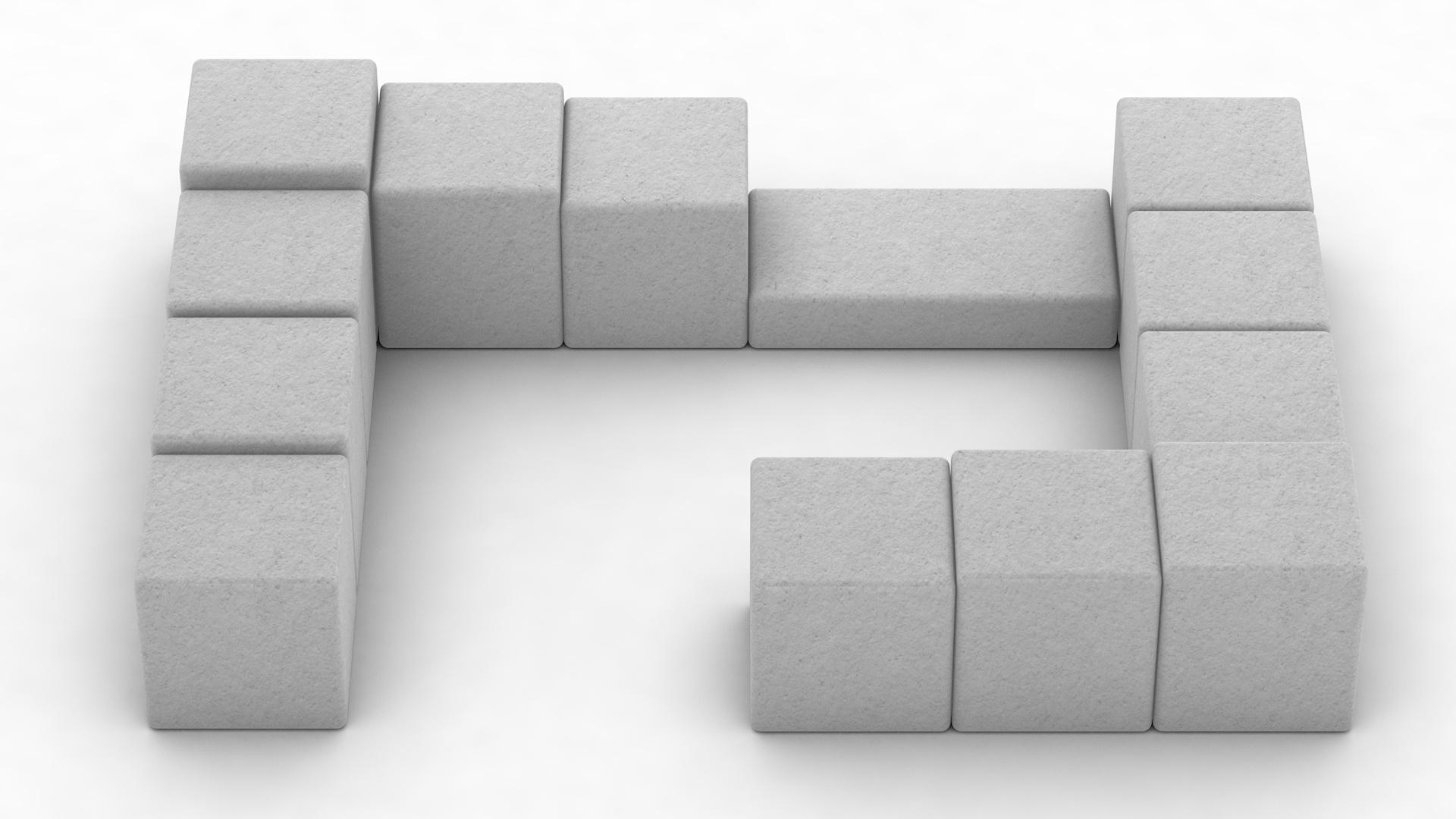
I chose a maximum height of 40 cm for my designs because it is close to the average height of most everyday objects such as chairs, beds, and sofas, so it is a height that children of all ages are accustomed to and would not be afraid to climb or jump on.
This height also provides a good range for increasing or decreasing variations and seating areas around the play areas.
Adding to the idea, the use of cubes and tiny ramps can give the design a fun new dimension. To ensure safety, the ramps can be carefully designed with grips. Children should be able to use shorter ramps made of rougher materials without any additional assistance, though.
The layout itself offers a wide range of options. A contained play area can be made by completely enclosing the area in the elements. As an alternative, a tiny opening can be added to encourage exploration and curiosity. Additionally, the components can be arranged in a variety of ways, from a cohesive structure to a collection of unenclosed components. This adaptability enables customization based on the play experiences you’d like to have and the available space.
Even a collection of variously sized cubes made from different materials can give kids plenty of stimulation if incorporating ramps is too complicated or not practical.
It’s critical to be aware of any edges that could be dangerously sharp or rough. Keeping the edges properly smoothed or covered will aid in maintaining a secure play area.

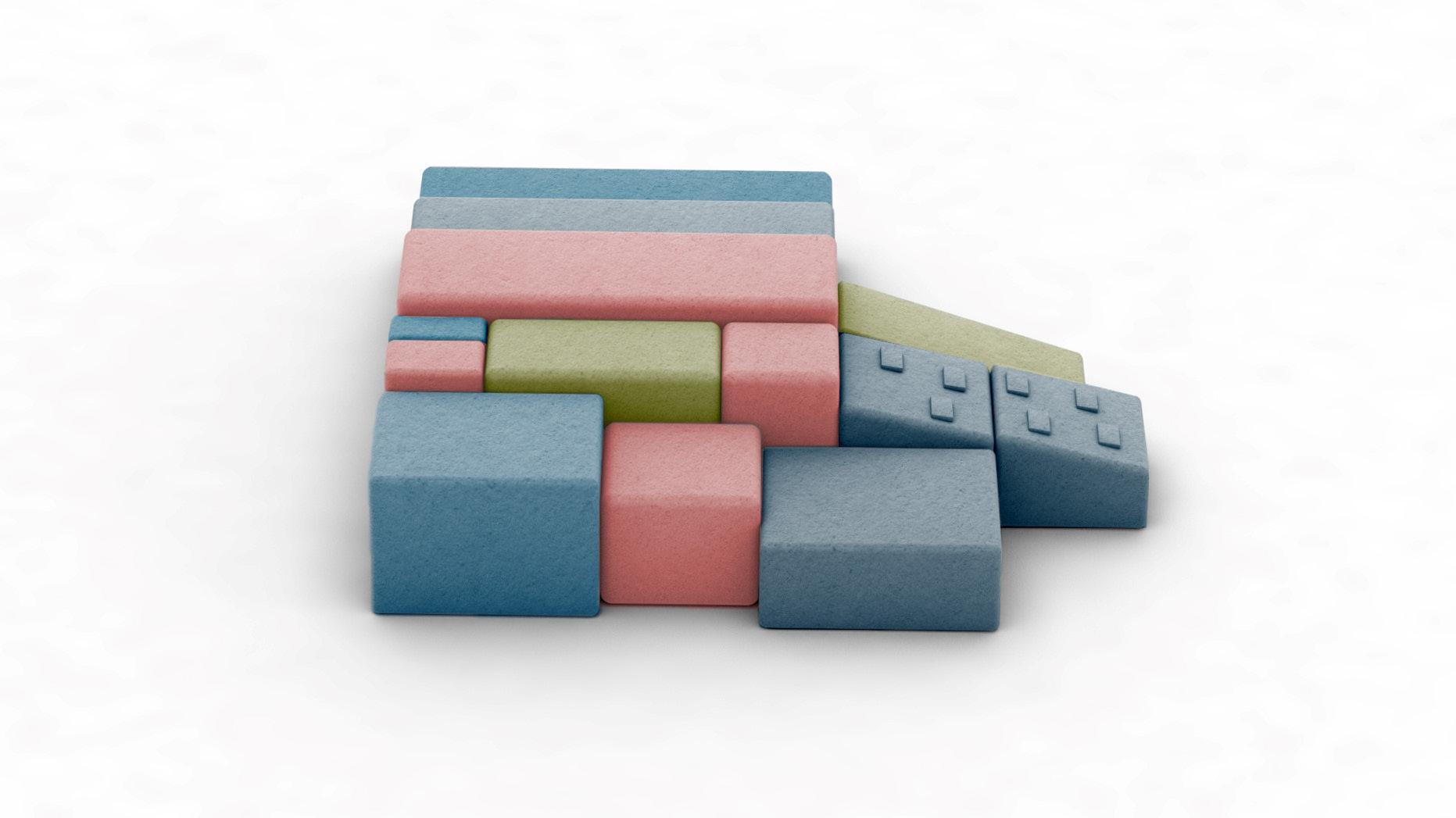

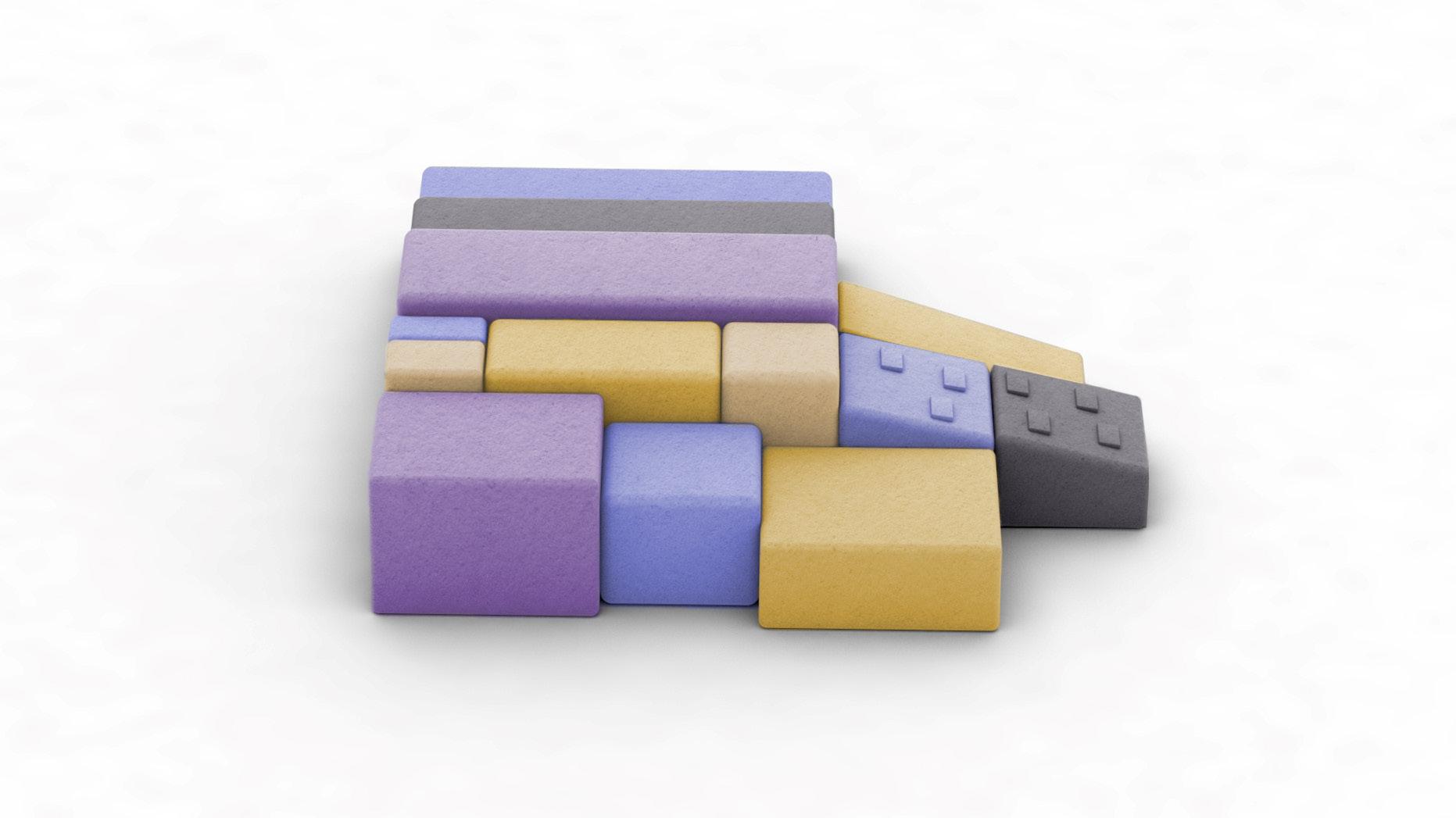
This design has a more playful intent, hence the measurements’ absence . What I would suggest though is keeping the height of the elements between 25-40 cm height. The way I thought this could be executed is in the same way that I did:
1. Take a piece of paper and a pencil
2. Draw some abstract, random closed lines
3. Transpose them onto a soft material like styrofoam or cardboard if you intend to have them in an indoor space. If from a solid material like concrete, approximately carve out the faces, making sure to keep the edges and sides smooth at the end to prevent injuries.

The way I saw it, is an interesting way for children to design their own play elements or to actively participate in the conceptualization of the spaces that they later use.
Sketches I based my modelling on.
*my tip is to draw a square/rectangle which is in the same proportion as the area you have available or desirable dimensions and draw some imaginative shapes or lines to fit into it.



The same principle was used in order to draw something like a flower-abstract structure. It could well act as both a play structure for children, as well as a meeting point for adults. Or, a comfortable symbiosis for parents to be close to their children while supervising their actions.
The inclusion of sitting elements in playground design is invaluable as they promote comfort and social interaction among parents while their children play. Incorporating these elements in any shape or size can add functionality and appeal to the overall composition. In this particular design, cylinder forms serve as excellent extensions of the play space. They can be used as seating as well as a versatile platform for children’s imaginative exploration, allowing them freedom to transform these cylinders into whatever their imagination desires. If producing cylinders is difficult, I recommend looking into alternative forms that can be accommodated within the design.
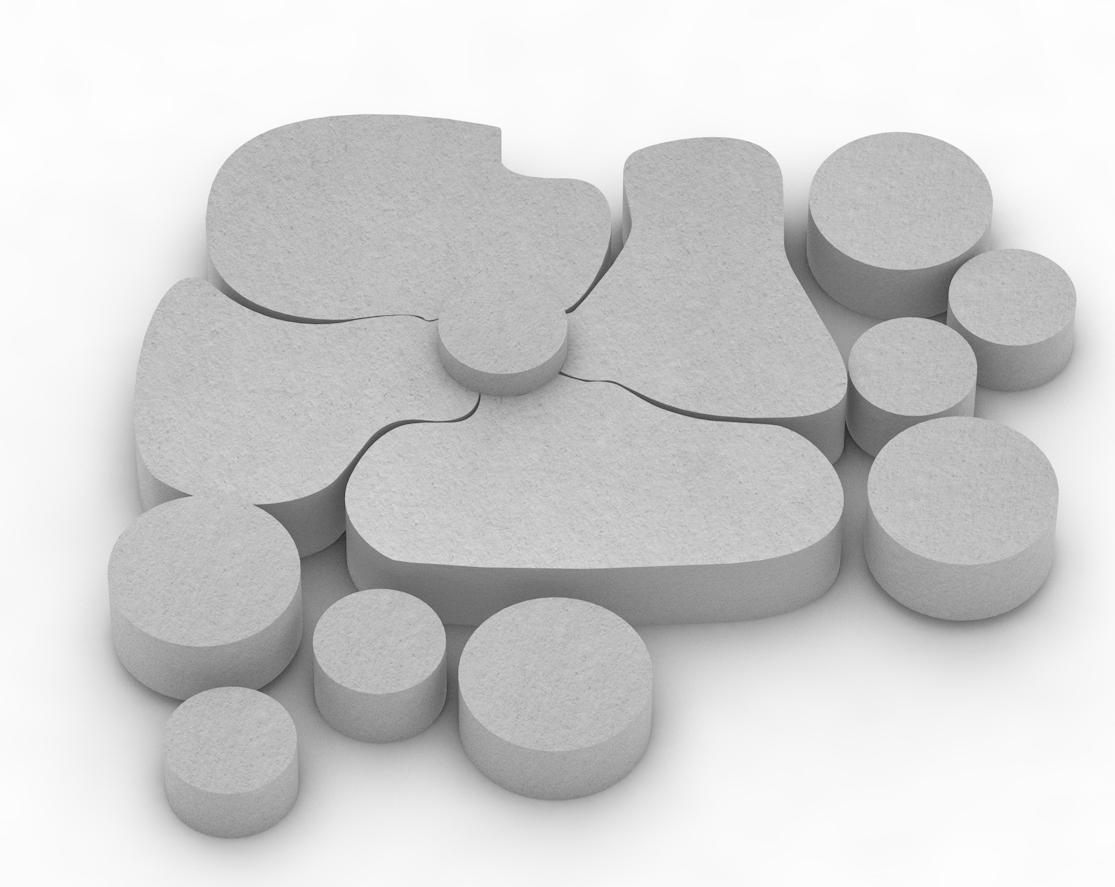

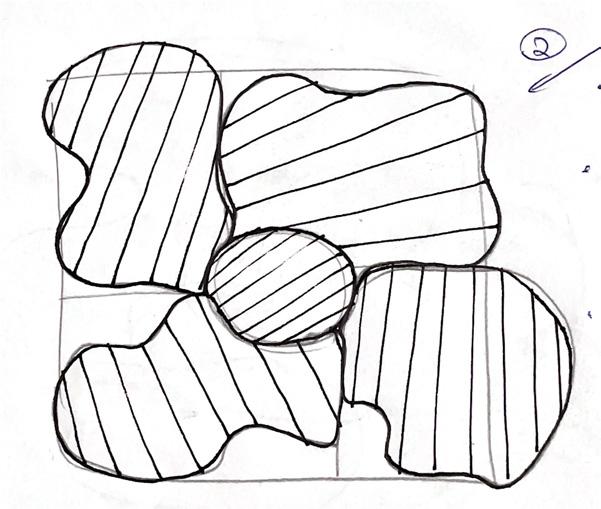
This final design proposal from the abstract series may necessitate the expertise of a professional manufacturer or designer/engineer for successful execution.
The main feature is an irregularly shaped structure that is elevated 10-15 cm above the ground, giving it a distinct visual appeal. Cylinders of various shapes and sizes can be strategically incorporated onto the surface to enhance the tactile experience and provide additional elements of interest. These cylinders can be individually designed to complement the overall aesthetic, or they can be left as is and coated with a durable rubber or resin material to ensure safety and longevity.

3. Diverse arrangements of spheres and semi-spheres


The “Carcase” design, a visually striking concept that combines form and function, is introduced. This design lends itself well to building with clay or concrete, but it can also be realized with bricks for outdoor installations. Children can also actively participate in the creative process by cutting out their own foam structures for indoor use.
When it comes to dimensions, the “Carcase” design can be tailored to the age group of the children, ranging from 50 cm for younger children to 1m for older ones. Furthermore, the elements’ width can reach up to 1.5m, allowing for larger and more dynamic play experiences. The “Carcase” design promises to create an enjoyable environment by accommodating different age groups and providing ample space for exploration.
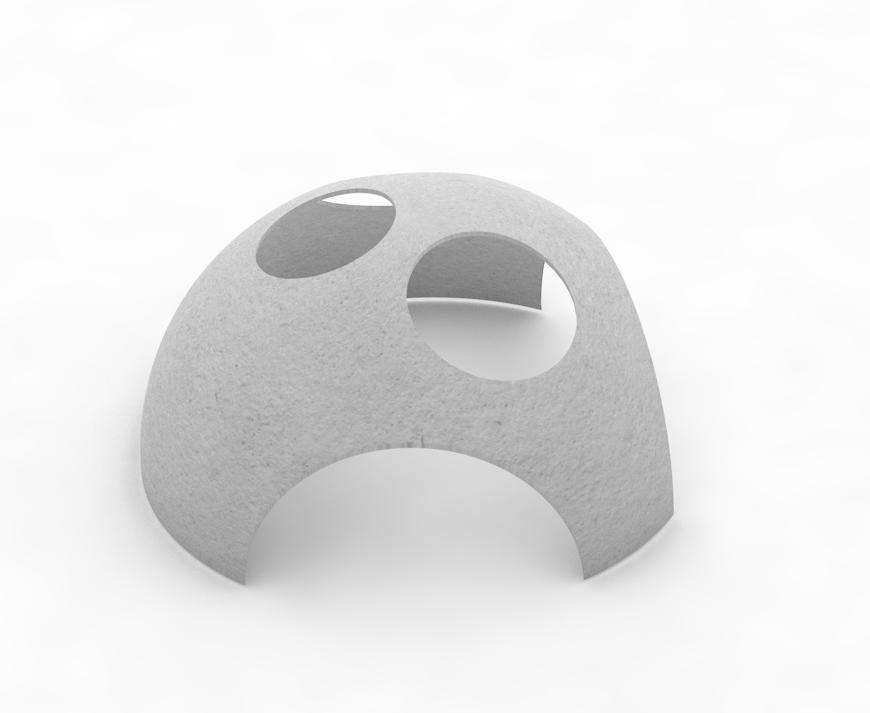

Spheres and semi-spheres have emerged as prominent features in contemporary playground design, capturing children’s attention and encouraging active play. These adaptable elements are available in a variety of sizes and configurations, providing limitless possibilities for creative arrangements. Personally,
I find the juxtaposition of spheres of varying sizes, as shown in the accompanying image below, particularly appealing. With its off-set lines and interplay of dimensions, this arrangement exemplifies how these elements can be artfully integrated into a playground design.



4. Small-scale ramps

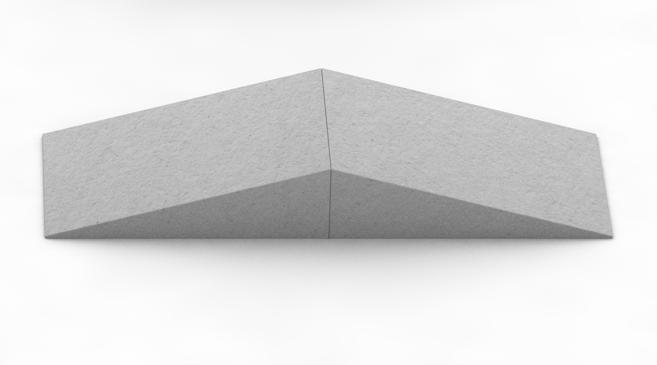

Height: Lengh: Width:
20 cm 130 cm 50 cm
Height: Lengh: Width:
25 cm 165 cm 60 cm 35 cm 165 cm 55 cm
Cycling around the neighborhood, which was once a popular pastime, has visibly dwindled in popularity, particularly among younger generations. However, we have the potential to rekindle the allure of biking among children by implementing a carefully crafted design solution.
We can revitalize the joy of riding bicycles with friends by
Height: Lengh:
Width: constructing a series of thoughtfully designed ramps. These ramps can inspire thrilling tricks, occasional falls, and the delightful messiness that comes with outdoor play. Surprisingly, the versatility of wood as a material allows us to build these structures, and their height, curvature, and complexity can be gradually increased as children gain expertise and confidence in their riding skills.
I hope this documents brings some inspiration and change in communities anywhere and everywhere. Everybody has the right to play: beautifuly, safely and freely. Adult or child.
My sincere wish is that my work brings us a step closer towards a better world through good design and active engagement.


